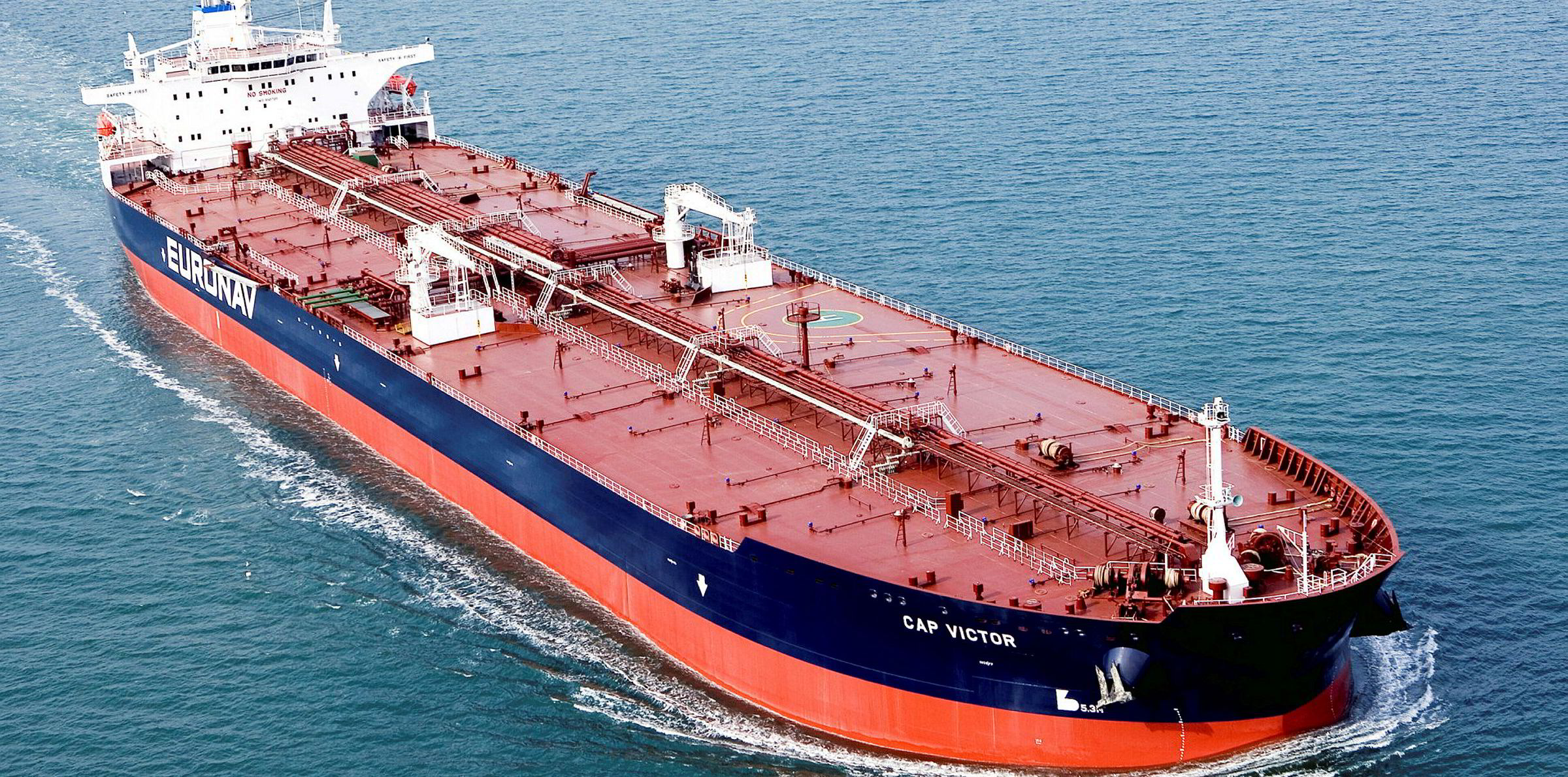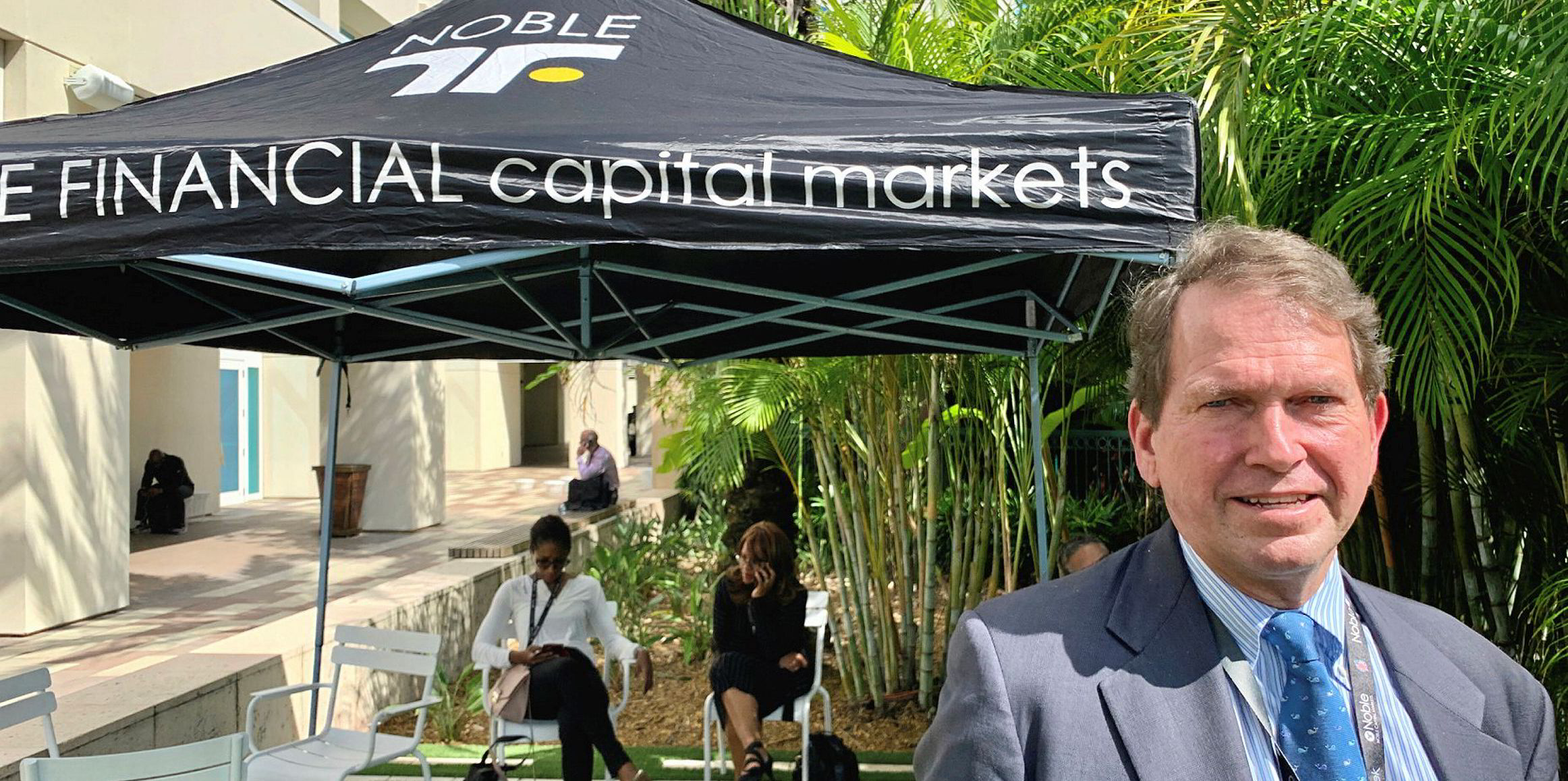VLCCs have turned out to be the worst hit during the Covid-19 coronavirus outbreak across the tanker segments, while earnings of suezmaxes and aframaxes are more resilient.
According to Clarksons Platou, average spot earnings of VLCCs have dropped 67.6% from the month-ago level to $22,300 per day, suezmaxes down 54.5% to $28,000 per day, and aframaxes down 43.4% to $28,300 per day.
Market participants pointed out the weak performance of VLCCs resulted from their reliance on China’s oil demand, which came down sharply due to the outbreak, while European demand offered a cushion to the smaller tankers.
“Average earnings for all tanker segments have come down precipitously since the middle of January, but the VLCC have underperformed, both in relative and in absolute terms,” Poten & Partners’ analyst Erik Broekhuizen said in a note.
“The coronavirus has primarily affected China and, as a result, it has had by far the biggest impact on Chinese oil demand. This is particularly bad news for the VLCC segment…VLCCs rely on China for 42% of their global employment.”
Assessing the impact from the epidemic, the International Energy Agency has revised down its forecast Chinese refinery throughput by 1.1m barrels per day (bpd) for the first quarter.
On the benchmark Middle East-China route, VesselsValue data suggests the tonne-mile demand for tankers has trodden towards to zero from a 2019 average of 3.42bn per day.
On the other end, crude trade in the Atlantic basin has remained active with European oil imports holding firm.
Bloomberg recorded 11 suezmax and aframax spot fixtures on Monday, of which seven were bound for European destinations.
The 115,200-dwt Pacific Treasures was booked by Trafigura for prompt lifting from Hound Point at Worldscale 135, for a voyage charter to northwest Europe.
“The impact on mid-sized tanker demand is likely to be relatively muted in the first few months of the year,” Braemar ACM said.
“While demand for suezmaxes will be hurt by lower Chinese crude imports especially from Brazil, both suezmax and aframax tonnage is likely to find demand support from growth in intra-Atlantic basin crude trade.”
The brokerage expects crude demand in the West to remain strong in the coming weeks, thanks to robust refining margins partly due to less supply of oil products from East Asia and the Middle East.
“Surplus crude in the West during the first half of 2020, thanks to production growth amid lower exports to China, is also likely to be traded within the West on aframax and suezmaxes,” Braemar ACM said.
Overall impact
The IEA has now predicted global oil demand will grow by 825,000 bpd this year, the slowest pace since 2011.
Based on the forecast, Braemar ACM estimates dirty tanker demand to grow by 4.4% for 2020, down from the pre-epidemic level of 6.5%.
Broekhuizen suggested low rates and floating storage demand would eventually lead to a recovery in the VLCC segment, though.
“As rates have come down, relatively cheap VLCCs will encroach on suezmax routes in the Atlantic Basin and they may be used for floating storage, especially now that the oil markets have moved into contango,” Broekhuizen said.
“These developments will eventually lift VLCC employment and rates, but it could take some time.”






